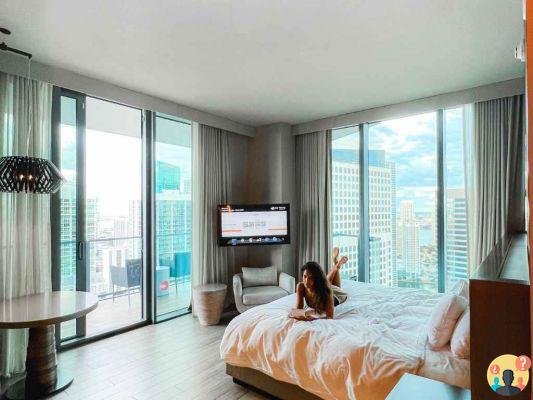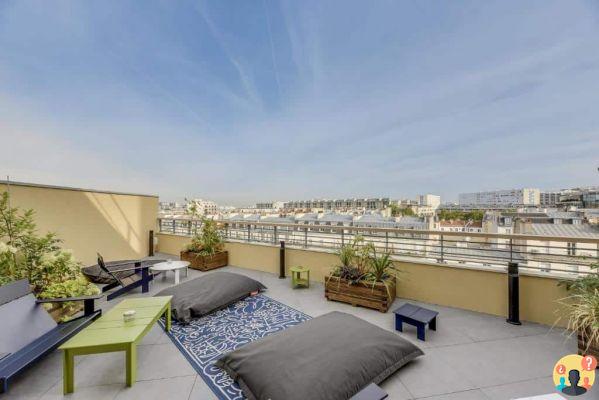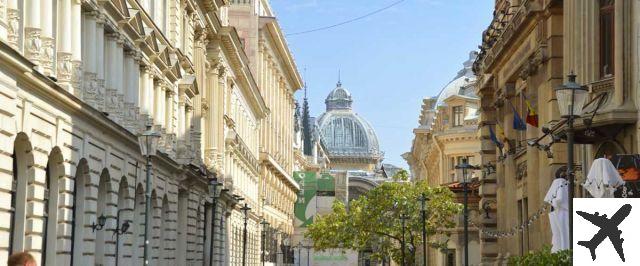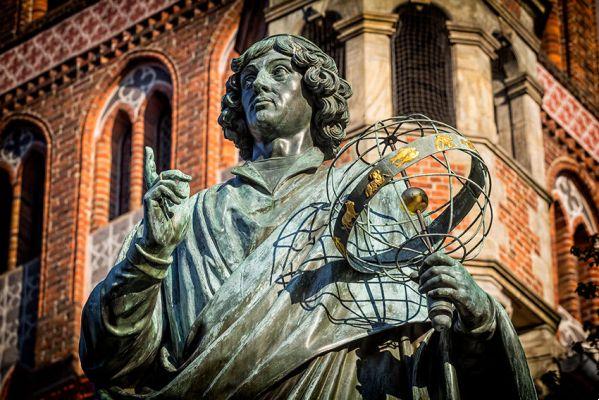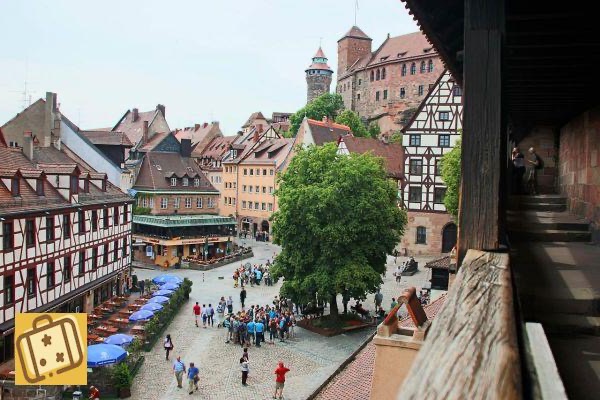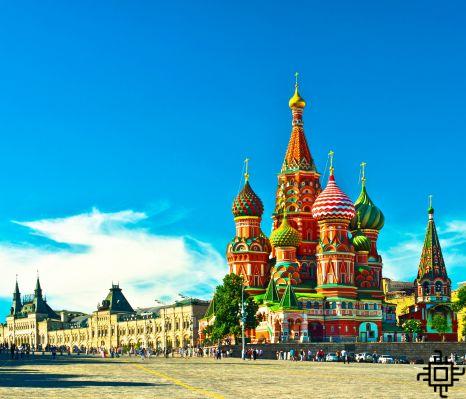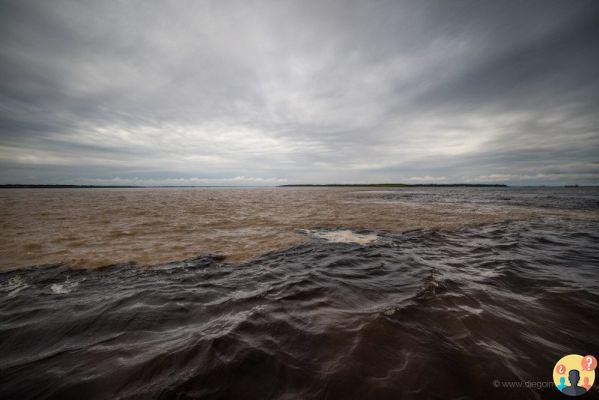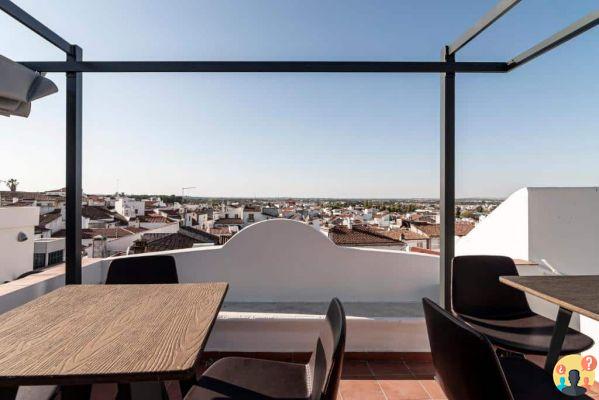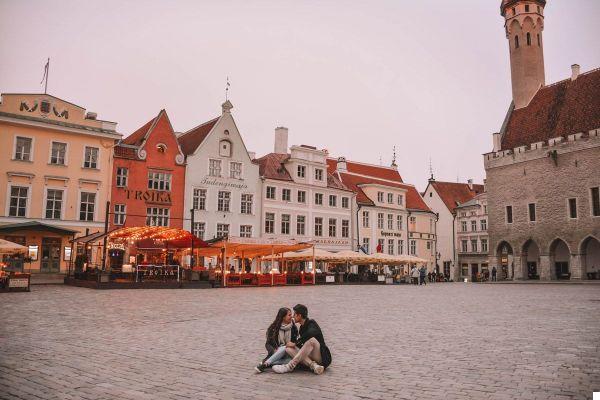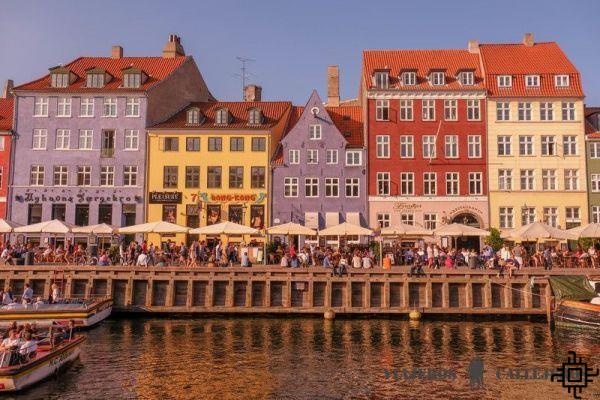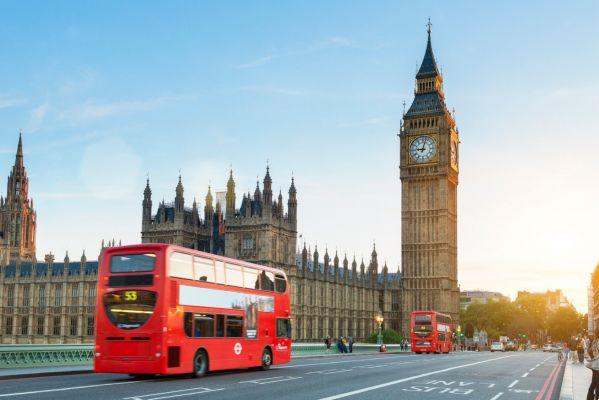By Lucas Rodrigues and Rafael Saes
Me and my photographer friend Rafael Saes – author of all the photos in this post – were on our way to the Quênia and we decided to stop in Ethiopia to get to know and explore the OMO Valley.
The OMO Valley is the place with the greatest diversity of ancient tribes of ethiopia. All unique, vibrant and amazing. Each one still lives in her own way, with her unusual traditions and customs.
The landscape is also beautiful: savannah with jungle, mini farms (all the tribes in the region are formed by cattle herders) and mud and straw houses. Cotton plantations also caught my attention, but nothing was more impressive than the first tribe we met: console.
Don't forget travel insurance!
Click here and hire the ideal plan for your trip at the best prices!
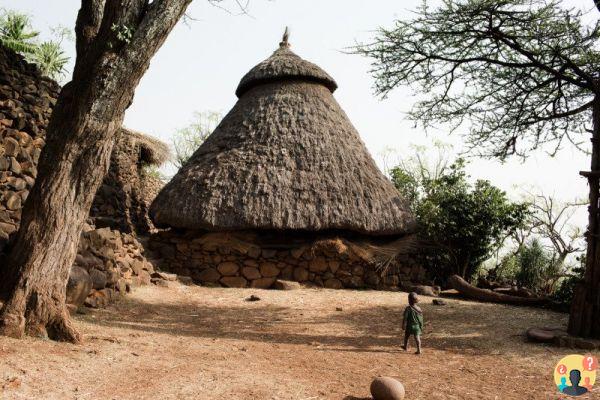
Indigenous Tribe of Ethiopia – Konso
console has 300 thousand inhabitants divided into 43 small villages. Stone, straw and bamboo houses, walls and hollows. Even picturesque. Quite different, the villages are formed by circles of walls that are being built as the population spreads out.
The other tribes are also quite impressive! AND Mursi it's one of those.
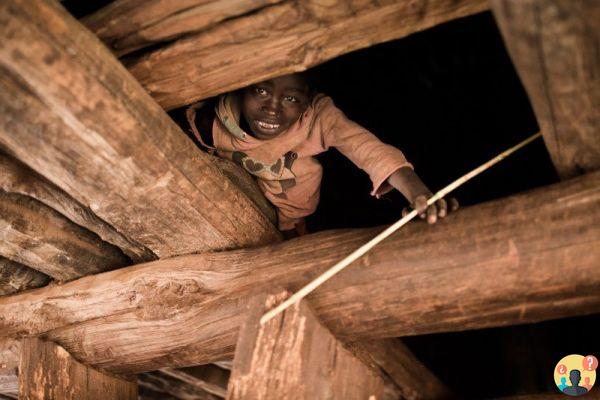
Indigenous Tribe of Ethiopia – Mursi
To get there, it took a two-hour journey. Lots of Ethiopian reggae (have you heard it? Press play on the video at the end of this post) and the incredible landscape of Mago National Park by the way. Land of lions, hippos, rhinos, elephants and giraffes. #veryafrica
Os Mursi are really unique and isolated (even seeing one or the other in the city). They are known for their body painting – mainly their face – and their adornments: horns on their heads, rings on their arms and legs and large wooden rings on their lips and ears.
It is unbelievable – especially when you see the lips and ears without these adornments when they are open. Its huts and huts, together with the geography and beauty of the surroundings, form a beautiful place, perfect for traveling in the imagination.
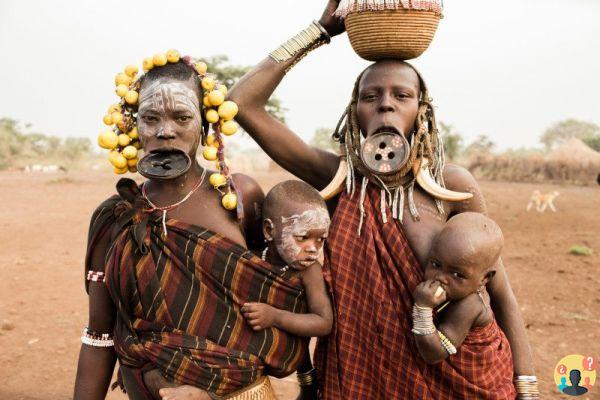
Tourism in the Indigenous Tribes of Ethiopia
One thing happens in this and in general in all other tribes: you take a picture and you pay for it. It's 5 birr ($0,25) per photo. It gets a little uncomfortable and even annoying at times. Many people, not only in these tribes, keep asking us to take pictures of them so they can charge and earn money. I found it very strange and went looking for it.
OMO, contrary to what it seems, is not a land frozen in time.
Roads, sugar mills, coffee plantations and other industries have been “civilizing” those who live there. Tribes suffer. They lose natural resources, their water is polluted and they need money to survive.
Tourism is a help and so is payment for the photo. It is a way for the tribes to keep alive their traditions and customs of life, in addition to supporting their children. I came to understand a little and accept the situation.
But it pains me to know that a Heritage, listed by UNESCO, lives in such a precarious situation.
Speaking of the Mursi children, the ones we had the most contact with are, for the most part, sensational. They go crazy with the cell phone and the camera. Just leave it up to them to play non-stop. Laugh like crazy. They pull you, call you and welcome you without asking for money – like your parents.
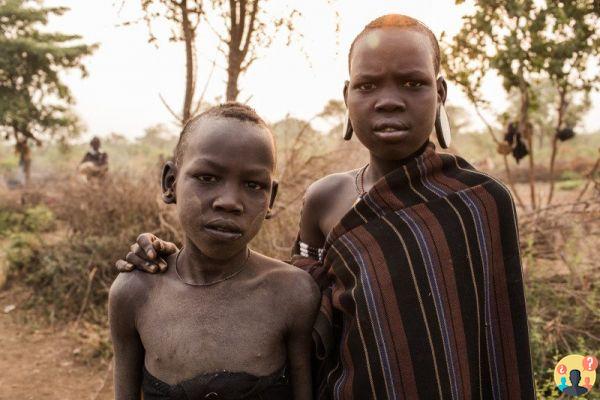
Tip – Hire a Local Guide
Our guide, Lalo, also explained this whole situation to us and helped us a lot to understand what is going on in the Valley.
Lalo is a native of Jinka – capital of OMO and where all the tourists stay – which, by the way, are very few. Unlike the big tourism companies in Etiópia – who charge more, are not flexible and leave little money in the communities -, Lalo does it differently. It distributes to everyone and its real objective is to develop its people.
I think tourism can be smarter – and certainly cheaper. Giving a chance to small guides and local companies can help a lot in the region visited. Furthermore, it is much more intimate and in some cases exciting. The involvement with the place ends up being bigger and more fun. You know the friends of those you are with, you know the local customs and you experience it. It makes more sense to me. #experience
Another tribe that leaves anyone speechless is the Hammer.
Indigenous Tribe of Ethiopia – Hammer
They live even more isolated and have a very strange custom that caught our attention: the “Bull Jumping”.
It works like this: they make rows of oxen – from five to seven – and the man has to cross that row by jumping and putting his feet on all the animals.
I confess that I was a little uncomfortable seeing them lining up the animals and jumping on them. Tradition happens whenever some man wants to get married. He spends weeks training to be successful. Each tribe has its way of turning a boy into a man.
It may look very different, but everything impresses.
Another gift Ethiopia gave us was to see something rare across the Africa: a black child with blue eyes!
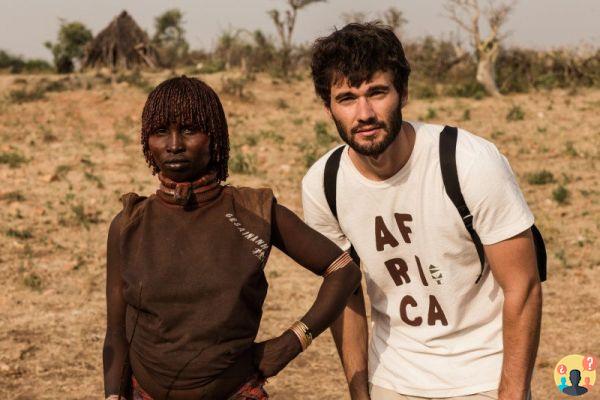
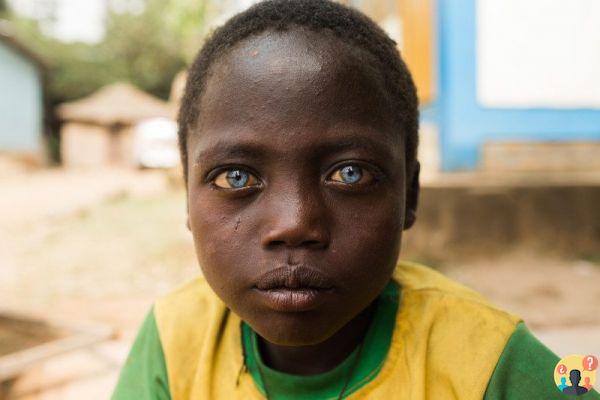
How to Get to the Indigenous Tribes of Ethiopia
O OMO Valley it is very remote and difficult to visit. For now, the cheapest access is by land and takes 12 hours to reach Jinka from Addis Ababa (country capital). Once there, it is necessary to make several daily trips of one, two or three hours to reach the tribes.
As some are even further away, it is necessary to spend the night there. Another way is to fly to Arbaminch (the most expensive option) and continue traveling by The demon – about four hours of travel from the site. It's tiring, but it's worth it.
I hope that more and more people can marvel at the culture of this place and have the chance to share the experience as I did!
Also, I continued my journey. I went to the Quênia, putting into practice the social impact model of my company, Hevp (www.hevp.com.com), and I showed everything on Instagram and Snapchat: hevpclothing.
Ethiopian reggae stuff. Sound in the box!
WHAT YOU NEED TO KNOW BEFORE GOING TO Africa
Are you full of things to think about and still have to plan your entire trip? Or you've seen it all, but you're feeling that familiar "maybe I've forgotten something?" So calm down, we'll help you with some items you can't forget before boarding. Come on?
Have you already purchased your air ticket?
Where to buy: PROMO TICKETS
Looking for a good deal and flight prices? When buying tickets to Africa, it is worth taking a look at the Passages Promo website. It is quite common to find cheaper and better flight options than on other sites. We always use and is it worth it?
Have you already booked your accommodation?
Where to buy: BOOKING.COM
If you haven't booked your stay, the tip is to compare hotels, hostels and inns through Booking.com. This is the largest hotel booking platform in the world, ensuring a safe experience and great accommodation deals.
#StayHip: Keep an eye out for 'Smart Deals', which only last for one day. Some amazing hotels offer great discounts using this badge on the platform. If you find a good deal, is it worth closing?
Travel Insurance is ESSENTIAL
Where to buy: INSURANCE PROMO
Have you ever thought about having to pay medical expenses or having to shell out fortunes for setbacks on the trip? We already know of several cases of people who have gone through this.
Although travel insurance is not mandatory to enter Africa, hiring a plan is highly recommended. Travel Insurance is cheap and a necessary investment to get rid of bigger problems that can happen during the holidays.
To find good travel insurance, compare prices and coverage on Promo insurance.
#StayHip: Save 10% on your travel insurance. Use the FORTRAVELOVERS coupon to get a 5% discount and pay with boleto to guarantee an additional 5% OFF.
How to have unlimited internet while traveling
Where to buy: AMERICA CHIP
Did you know that it's getting easier – and cheaper – to have unlimited internet throughout your trip?
Just ask for an international cell phone chip at America Chip. We always use and love it! They send a SIM card to your address in España, you insert it in your cell phone when you arrive at your destination and you have unlimited internet throughout the trip.
#StayHip: Save on car GPS rental and use GoogleMaps and Waze with your unlimited internet?
Rent cars at the best prices
Where to Rent: RENTCARS
We really like RentCars to find the cars we use on our travels. It is the only one in Spain that compares the best rental companies in the world, but lets you pay in reais, without IOF. In addition, it is also the only one that lets you pay in 12 interest-free installments. It is worth it!
#Here's a tip: Try to find cars with full car and third party insurance coverage. Thus, you avoid inopportune surprises when picking up the car.
Also, be very smart when closing with other car rental comparisons. That's because prices are usually charged in dollars and close with your card. If the dollar goes up, the price of your car rental goes up too.
Read More
- Safari in the Serengeti, Tanzania – All you need to know
- Where to Stay at Serenti – Four Seasons Safari Lodge
- What to Do in Serengeti, Tanzania – Hot Air Balloon Safari
- Trip to Zanzibar – A Hidden Paradise in Tanzania
- Tourism in Namibia – What You Need to Know
- Things to Do in Africa – Visit Victoria Falls
- Piscina do Diabo – The Most Insane Natural Pool in the World
- Things to do in South Africa – Garden Route
- Safari in South Africa – Kruger National Park
- What to Do on a Stopover in Johannesburg – Ever thought of Safari?
- International Travel Insurance – Is it worth it?
- What to do in Cairo, Egypt – 5-Day Itinerary
- 10 Tips for Sightseeing in Cairo
Plan your trip:
Get started now by booking your Ethiopia hotel on Booking.com
Save time and money searching for the best Travel Insurance with the Seguros Promo comparator! Extra 5% off with coupon: FORTRAVELOVERS
Compare the best prices to rent a car from over 100 rental companies with Rentcars! (Pay in up to 12X! Pay in reais, without IOF)
Leave España with Unlimited 4G Internet!





